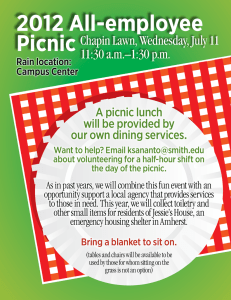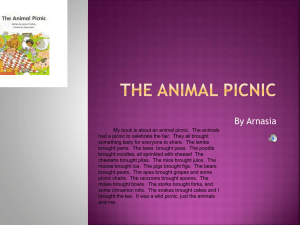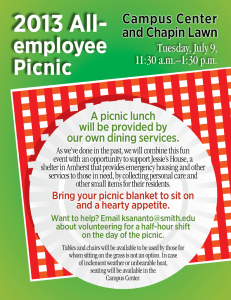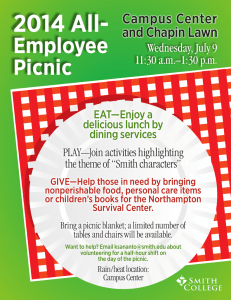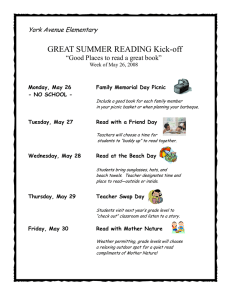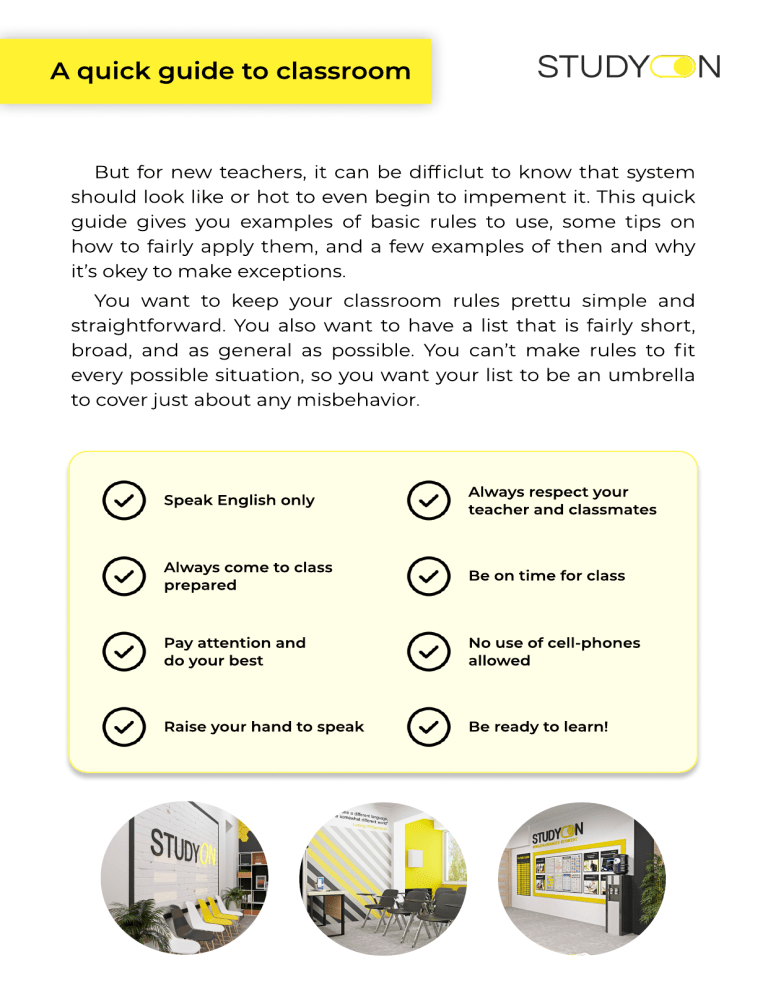
A quick guide to classroom But for new teachers, it can be difficlut to know that system should look like or hot to even begin to impement it. This quick guide gives you examples of basic rules to use, some tips on how to fairly apply them, and a few examples of then and why it’s okey to make exceptions. You want to keep your classroom rules prettu simple and straightforward. You also want to have a list that is fairly short, broad, and as general as possible. You can’t make rules to fit every possible situation, so you want your list to be an umbrella to cover just about any misbehavior. Speak English only Always respect your teacher and classmates Always come to class prepared Be on time for class Pay attention and do your best No use of cell-phones allowed Raise your hand to speak Be ready to learn! 01 Speak English only 03 02 Always come to class prepared 04 Pay attention and do your best Raise your hand to speak 05 Always respect your teacher and classmates 06 07 08 Put your phone on silent Be on time for class Be ready to learn! Code of conduct Expectations of students: 100% attendance in all 100% punctuality to all 100% homework completion and preparation for classes 100% honesty in completing all course assignements, quizzes, tests, projects, and exams on time classes 100% individual responsibility and accountability for following classroom policies 100% serious effor in all classes 100% focused attention and respectful behavior during class 100% use of English You may not use yor cellphone during class (except if your techer specifically asks you to use it for a class activity). Your cellphone must be on Important items to include in every English lesson plan Lesson plans usually include an allocated amount of time per part. Timing is important, but don’t worry so much if you don’t follow the timing of your plans to the second. Oftentimes activities run shorter or longer than anticipated. Go with the flow as you’ll likely be dealing with different cultural concepts of time and a language barrier to boot. The basic structure of your lesson plan should include the following parts: Warmer Presentation Practice Production Review Warmer A “warmer” begins a lesson with energy and gets students excited to learn. Oftentimes warmers are a review of previously learned material, or they introduce what’s going to be covered in the lesson. Warmers should be short. Recommended time: 10 - 15 minutes (out of 60-90 minute lesson) Suggestions for a Warmer Activity Write a topical vocabulary item on the board. In twos or threes, students make as many new words from it as they can. Use longlish word such as apologize, dictionary or September. Score teams a point per word and award a bonus point for the longest What does your name mean? Using a dictionary, Google or any other resource, students find and write down an appropriate adjective that begins with each letter of their first.name. For example: Flirtatious, Relaxed, Extrovert, Desirable. Warmer Mixed-up questions It’s always good to start the class with a question. Write a good one on the board but mix up the word order, then challenge students to reconstruct the question and then discuss it in pairs or small groups. For example: most item you have the ever expensive what’s bought? Hangman This popular filler can also be great way to start a lesson with beginner learners who are sill unsure of the alphabet. Just put a recently learned word on the board and let the student take it in turns to guess a letter. Name ten Have students think of 10 items that fit particular criteria. For example Sports that are played with a bal Animals that lay egg Three letter parts of the body - eye, arm, leg, hip, ear, toe, jaw, rib, lip, gu Jobs where you have to wear a unifor English football clubs Two truths and a lie Write or dictate three sentences about yourself. Two statements should be true and one false, for example: I used to be an air steward/ I can ride a unicycle/ My favourite food is sushi. Now invite students to discuss in pairs which statement they think is the lie. Ask each pair which statement they think is untrue and have them explain why. Warmer I’m going on a picnic and I’m taking a... This is a guess the rule type game. Think of a rule which governs which items can be taken on a picnic, for example, it must be six letters long, or it must start with a vowel. In this example, the rule is that the word must be an uncountable noun. Teacher: I’m going on a picnic and I’m taking milk. Student A: I’m going on a picnic and I’m taking eggs. Teacher: No, you can’t take eggs. Student B: Can I take orange juice? Teacher: Yes, you can take orange juice. And so on. Continue adding items to your picnic list until a student correctly guesses the rule (the choices don’t have to make sense within the picnic scenario e.g. love, information, air) Word Association This must be one of the oldest ESL warm-up activities, but sometimes the simplest ideas turn out to be surprisingly effective and word games don’t get any simpler than word association. Give an initial word, for example, banana and each student takes it in turns to say a word which they associate with the previous word. If the connection isn’t obvious, challenge the student to justify their choice. Banana - monkey - zoo - tourists - hotel - bible ... Three things in common This is a great icebreaker, but you can also use it as a lead-in to a theme or to test your student’s knowledge of a grammar point. Simply ask students to work in pairs and find three things they have in common and then report back to the class. You can narrow the topic down to areas like three things we both did at the weekend, three food we both like, three things we both don’t like about the city, three things neither of us has done yet but would like to, etc. Warmer One-upmanship Start off by explaining the concept of one-upmanship, that some people always like to appear to be more interesting or superior to others in their company. Tell the students a relatively mundane story about something that happened recently and invite a student to tell a similar story but to top it in some way. Each student, in turn, tries to top the previous student’s tale. For example: You: Yesterday I overslept and was five minutes late to class. Student A: That’s nothing, I overslept and was an hour late. Student B: An hour! I once overslept a whole day! If the students are sufficiently advanced you could have them watch and read through Monty Python’s Four Yorkshiremen sketch which is a very funny skit on the subject of oneupmanship. Fortunately / Unfortunately English learners often have trouble remembering and correctly pronouncing these two useful words. One way to practice it is to start a story and have learners alternately advancing the story using these adverbs. For example: Teachers: Yesterday my car was stolen. Student A: Fortunately, it was insured. Student B: Unfortunately, the insurance company went bankrupt. Student C: Fortunately, my grandfather said he would buy me a new car. Student D: Unfortunately, he’s lost his mind and doesn’t have any money. Etc. Whose weekend? Give each student a slip of paper and ask each student to write down three things they did at the weekend. Collect up the slips of paper and randomly read each one out. The students must guess whose weekend is being described. Presentation The “presentation” generally introduces the topic, grammar points, vocabulary, and/or key expression to be taught. This segment of the plan where the teacher takes on the lead role, and has students listen to and repeat phrases. Recommended time: 15 minutes (out of 60-90 minute lesson) Role of the teacher: Leader Suggestions for presentation activities: a quick video, sound bite, or another type of visual works well here to pull students in. Asking lots of questions to get students engaged with the new material works great, too Practice Here students begin to practice with the target language. This is a guided section of the class, one in which the role of the teacher is to give examples and monitor student response. Recommended time: 20 minutes (out of 60-90 minute lesson) The first mistake many teachers make when assigning pair work is letting students choose their pairs. While that may be fun for those in the class who are already friends, your job as the teacher is to assess each student’s strengths and weaknesses and put them with someone they can work with well. In other words: you make the pairs. Practice Investigative journalist Investigative journalist is a classic pair work activity for a reason: it works! It can be used in variety of scenarios and tailored according to specific grammar or vocabulary points that you’ve been reviewing in class. The basis of investigative journalist is for students to interview one another in pairs and present their fundings. It can be used for groups at all skill levels from beginning to advanced, as long as you tailor it to their levels. Beginners may do a simple version, asking their partners about their family structure, favorite colors and foods, pets and hobbies. Intermediate students could use investigative journalist to practice past tense structures by asking about their interlocutor’s childhood. Advanced students might benefit from a murder mystery version of the game, where each student is assigned a character to play and the game concludes with the “murderer” being sussed out as a result of the questions. Debate Debate is another classic that can incorporate pair or group work, depending on the sixe of your class. Create groups and assign each group or pair a side of an argument. Use pair work time to allow students to develop their argument and conclude with a class-wide debate. Practice Teach a class It is a fun activity for advanced students. In this activity, you assign each pair a grammar, vocab or culture point that they’ll have to teach to the class. The pair works together to prepare activities and lesson plan and teaches the point to the class. Unlike many of these other activities, the conclusion portion of this activity is buit right in: when the pair teaches the class, the teacher should play the role of the student, but you may evaluate the lesson at the end and feel free to correct any mistakes the “teachers” make! Yes! No! Many pair work activities can feel like games, but sometimes it’s fun to introduce some real games into the mix. Yes, no is a game where the only two words that students aren’t allowed to say are yes and no. Pairs students off and play. When a student loses, he or she is out and the winning partmer is paired with another winning partner. In this way, you can create a tournament of yes, no. Other versions of the game also forbid “maybe” and “I”. Consider these versions when the game is lasting too long or students need an extra challenge. Concluding a Pair Work Activity Remember: a pair work activity isn’t a lesson in and of itself. There should be a brief introduction, letting students know what you expect them to do during the activity. There should especially be a conclusion. Be sure to budget it into your class time or the pair work activity will be useless. During your conclusion, you should gather the information gleaned during the activity and go through it as a group. This will allow you to correct errors. Production The production is perhaps the most important part of the lesson to get the students producing the language practiced. At the least one, but usually two student-centered activities should be done during the production segment of a class. The teacher should simply monitor students at this point, jumping in only to help with major mistakes or to clarify instructions. Recommended time: Each production activity should take around 12-20 minutes, including time to set up and instruct (out of a 45-60 minute lesson) Review Leaving time for review helps to assess student learning while ending on a high note. Some things to think about for review: Was there a common mistake students were making with the lesson material? If so, address this no Are students tired? Quiet? Too noisy? What should the tone of this review be? Energetic? Calming? Suggestions for review activities: Develop an established way to review at the end of every class, something that your students will get used to, expect and enjoy During a lesson review you could award students for participation and/or behavior Asking questions or facilitating some sort of quiz is another wonderful idea. Head to Head Divide your class into teams, and ask two students from different teams to come to the front of the class. Ask them a question related to any of the topics you are revising, and the students must race to answer correctly. The student who answers correctly wins a point for their team. You can either alternate evenly between teams, or heat up the competition by keep the winning team up until a team member loses a round. This quickfire game usually gets students very excited, so you’ll need to make sure to incentivise the class to keep quiet whilst their team mates are competing. Extra Activities Also have an extra activity or two up your sleeve just in case. You never know when something will run short or long! Have a Backup Plan A backup plan is a must. If you hope to use technology in your lesson, plan for it not to work, or for there to be glithes. Make sure you have all backup materials ready ahead of time, and check computers and projectors before class. In some countries abroad, power outages happen f requently. If you rely too much on electricity to power your lesson, what would you do if the electircity does out? Lesson Plan Notes Leave some notes at the end of your lesson plan document to jot down what went well, and what could be improved. As with anything, you only get better with time and experience. Don’t be afraid to make some mistakes - even as the teacher - as you test new ways and try different activities. One of the best parts about making a basic lesson plan is once you have a stock of them, they can be reused in the future. You’ll save yourself a lot of time as a teacher in years to come especially if you plan on continuing to teach English overseas. Keep in mind some teaching situations will require you to turn in lesson plans, so it’s a good idea to get in the habit of documenting what you teach anyway. Proactive classroom management All teachers and students are created differently, so while you can’t please them all, you can at least do a few things to ensure you please most. I can say from experience that this is difficult with some unruly students, but the more you reach out, the more you can help to change the experience for the better. 1 Show an interest in their lives When a student talks about his or her extracurricular activities, family and f riends, try to remember the details (maybe jot down notes) and ask him or her about them periodically throughout your teaching experience. It will just give that extra bit more to make the student feel like you, the teacher, thinks of him as more than just another number. 2 Involve everyone in the class Leaving someone out of the conversation or the activities will make them feel even more distanced f rom the class and the teacher. When a student has no connection with a class, they will most likely stop paying attention and also have no incentive in even staying your student in particular. 3 Use references they can relate to Relevant examples can mean the difference between understanding and remembering or just forgetting immediately after a lesson, As a teacher, your job is to provide the best learning environment possible, and even if you are a wealth of knowledge, not being able to share that in a way the students can relate to is just like wasting time. When your students learn more, they feel more excited about coming to your classes. 4 Don’t show your f rustration Teaching, ESL or not, is not easy. There will be times that you feel f rustrated with your students or the progress they are making. However, you must never, ever let that f rustration truly show in class. One of the quickest ways to push students away is to make them feel even more distanced by your anger and like they aren’t learning anything. Thank you for setting such a great example to your students. Keep up the awesome work!
